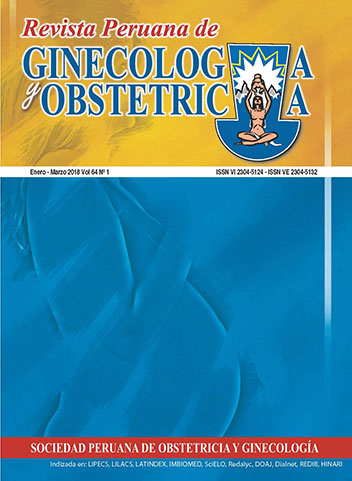Treatment of vasomotor symptoms in patients with breast cancer, a narrative review
DOI:
https://doi.org/10.31403/rpgo.v64i2060Abstract
Women with a history of breast cancer tend to have more severe and frequent vasomotor symptoms than the general population. Numerous studies have shown that vasomotor symptoms (VMS) are the most frequent adverse event of adjuvant therapy, and that up to 20% of breast cancer patients consider discontinuing treatment because of these symptoms, despite their benefit in the reduction of recurrence. While hormone replacement therapy (HRT) is regularly used in healthy women to treat VMS, it is contraindicated in patients with history of breast cancer. There are few clinical data on non-pharmacological interventions, and the role of alternative and complementary therapies remains controversial. The review of the literature reveals that these pharmacological agents, serotonin-norepinephrine reuptake inhibitors (SSRIs), selective serotonin reuptake inhibitors (IRSs), antihypertensives and anticonvulsants, decrease the intensity and frequency of VMS, demonstrating a clinically significant improvement. However, some IRSSs and SSRIs are potent inhibitors of cytochrome P450 2D6 (CYP 2D6), which impacts on the concentration of endoxifen and should be avoided in patients treated with tamoxifen. In this case, citalopram and venlafaxine are a better therapeutic option, although there is some controversy regarding its consequences on recurrence and survival of breast cancer. The efficacy in the treatment of VMS with antidepressants is lower than that achieved with estrogens and there are few publications comparing both treatments. Neither is clear the optimal treatment duration. Two antiepileptic drugs have also shown to be effective, gabapentin and pregabalin. Some comparative studies are in progress and it is probably necessary to wait for their results to identify the optimal option in the management of menopausal symptoms in women who have had breast cancer.Downloads
Download data is not yet available.
Downloads
Published
2018-04-12
How to Cite
Pilnik, S., Gelin, M., De Nardo, B., & Belardo, M. A. (2018). Treatment of vasomotor symptoms in patients with breast cancer, a narrative review. The Peruvian Journal of Gynecology and Obstetrics, 64(1), 69–76. https://doi.org/10.31403/rpgo.v64i2060
Issue
Section
Simposio: Manejo terapéutico en el climaterio y menopausia, evidencias actuales
















